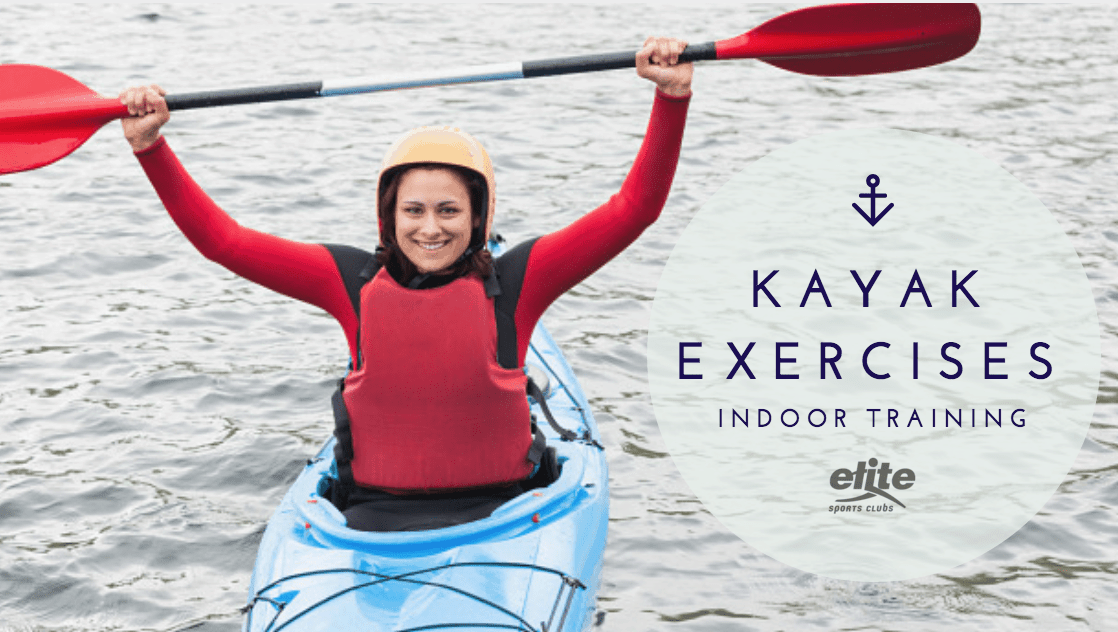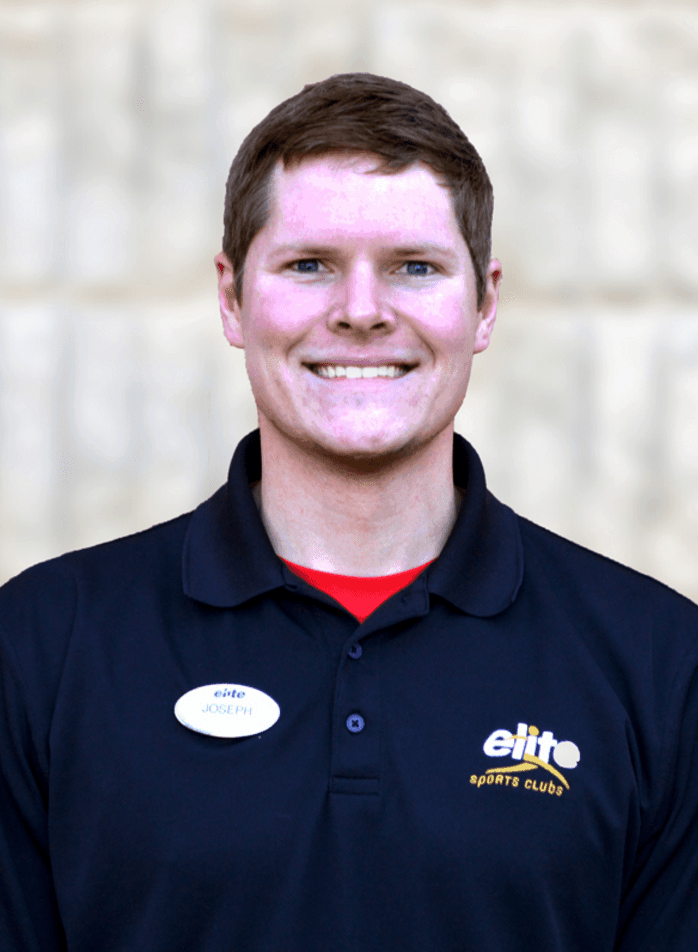
I recently learned of a new type of triathlon that incorporates kayaking in place of the typical swim portion. With this new type of race comes different challenges and varied training. Here a few tips for training for this race and some good kayak exercises in general.
Despite their aerobic classification, all triathletes can benefit from strength training. Strength training complements aerobic sports by “bulletproofing” your body thus limiting the potential for overuse injury. It will also improve your metabolism to help lose weight. When implemented well, strength training also creates sound biomechanics to make you a stronger and more efficient kayaker, cyclist, and runner.
There are several strength training and cardio exercises you should be doing now (in winter/spring) to prepare your body for practice on thawed lakes. I will list and explain several of the most important exercises below:
Kayak Exercises: Rowing machine
This brilliant exercise develops a very strong upper back for kayaking, but it does not provide the same rotational demands a single paddle to one side your body like kayaking. Also, it does not strengthen your anterior shoulders as is required for the top “anchor” arm in your kayak or canoe stroke.
Nevertheless, it will challenge your cardiovascular system much better than many other indoor trainers. To ensure a good workout, always double check the resistance the machine is set to. People often crank the resistance way up and burn themselves out after a minute or three. Setting the resistance to a 3-4 actually provides approximately the same drag factor as paddling through water.
I would start by rowing for 10-20 minutes 3-4 days per week after consulting a trainer to show the technique. As you progress, learn how to read the display and build various intervals into your workout. Increase your rowing time to around 30 minutes 3-4 days per week.
Kayak Exercises: Kneeling 1-Arm Shoulder Press
Of the many ways to strengthen your shoulders this may be the most applicable to kayaking for two reasons: at the shoulder level, it best replicates the mechanics of your anchor arm; at the core level, it requires you to remain tall while resisting the dumbell’s best efforts to bend you sideways—something a strong paddle stroke will also try doing to you.
Start by performing 2 sets of 10 on each arm twice a week after consulting a trainer to show the technique. Every set should end in near failure to be effective.
Kayak Exercises: TRX 1-Arm Row
All forms of rows will build the strength to power a paddle through water, however this version also forces your body to resist rotational forces by remaining stiff through the torso. Since it overloads your pulling muscles while simultaneously developing the core, I cannot currently think of a better exercise to mimic the power phase of a kayak stroke.
Start by performing 2 sets of 10 on each arm twice a week after consulting a trainer to show the technique. Every set should end in near failure to be effective.
Kayak Exercises: Romanian Deadlift or Good Mornings
These exercises work your gluteus and hamstring muscles in ways a treadmill cannot. When people make the transition from treadmills to outdoors the first muscle to fatigue, cramp, and possibly even pull is the hamstring. Strength will help prevent this. Especially the type of strength that the down phase of these exercises provide.
Start by performing 2 sets of 10 twice a week after consulting a trainer to show the technique. Every set should end in near failure to be effective.
Kayak Exercises: Cable Woodchoppers
This is a good core strengthening exercise that mimics the torso action in kayaking. It develops your flexibility to twist as well as creating strength and muscular endurance in your kayaking core muscles.
Start by performing 2 sets of 15 on each side twice a week after consulting a trainer to show the technique. Every set should end in near failure to be effective.
Kayak Exercises: Indoor Cycling / Spinning Class
Spinning provides excellent aerobic development and will absolutely help you prepare for your kayak triathlon. Try developing your own personal “brick” workout once a week by either rowing immediately before your spin class or running immediately following your class. This will train your body to transition between each phase of the race with more efficiency.
Kayak Exercises: Final Thoughts
A strong and efficient kayaker generates all of his/her force from the torso. This requires the kayaker to remain tall in his/her seat while powerfully rotating the torso, simultaneously anchoring the top of the paddle with one hand and forcefully rowing the blade of the paddle parallel to the boat with the other hand. The exercises listed above will develop the necessary core strength to resist the water and forcefully row against it. I hope that this has satisfied your curiosity and offered some helpful recommendations to prepare for your outdoor sports during the indoor season. Do not hesitate to ask me anything about training in the future!
Written by Joe Janzen Elite Sports Club – Mequon Swim Coach & Personal Trainer
Joe has a B.S. in Exercise Science & Psychology from Carroll University (2008) and is certified with the National Strength and Conditioning Association as well as a Strength and Conditioning Specialist. He is a Member of the National Strength and Conditioning Association, High School Swim Coach, was a Middle School Teacher in South Korea, has a Brown Belt in Korean Special Forces Martial Arts, was a Rehabilitation Technician for physical therapy team and a NCAA swimmer. Joe spends his free time in or around the water, cycling, cooking, and playing recreational sports. He also enjoys exploring the great outdoors with his wife Lauren, and their fur child, Jordy. Joe’s philosophy is that “Through hard work, and progressing effective techniques you will set bigger goals, reach them faster, and have fun doing so.”
Set up a Free Fitness Consultation
1 Comment
I will be moving to Houston this Fall 2021. I am curious to learn more about kayaking.